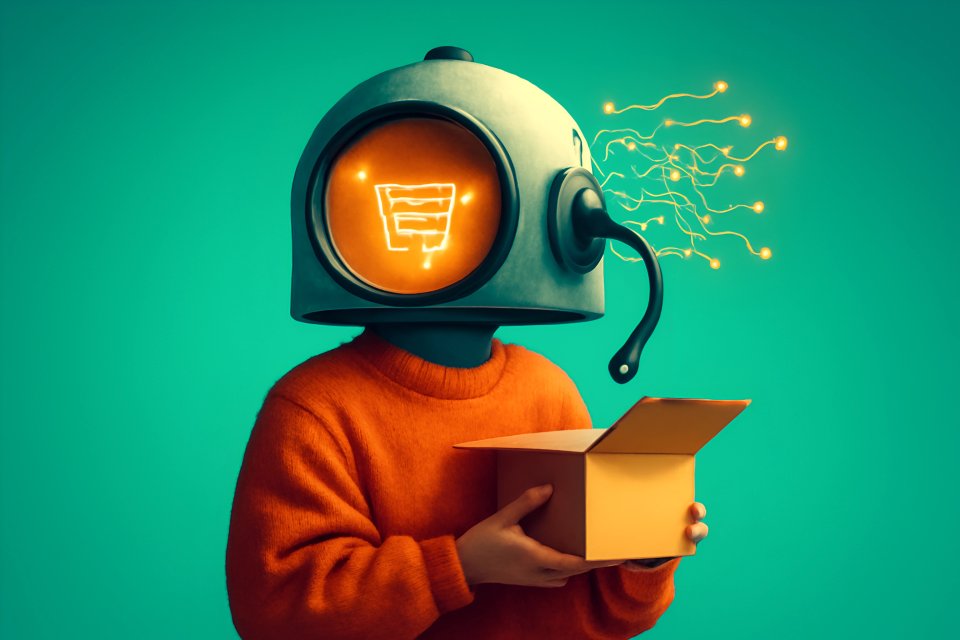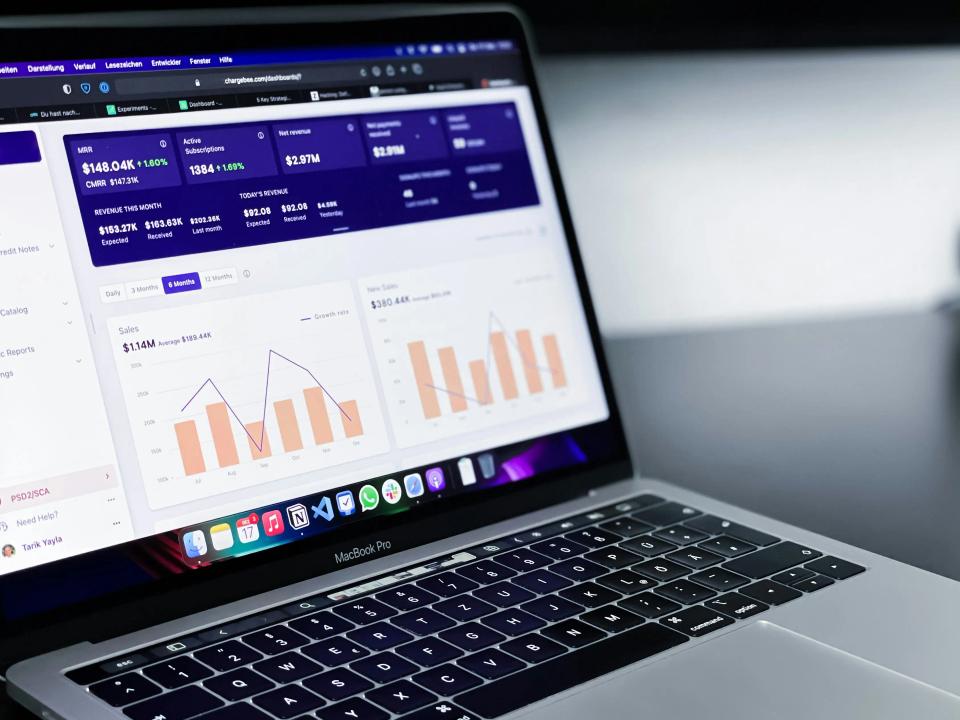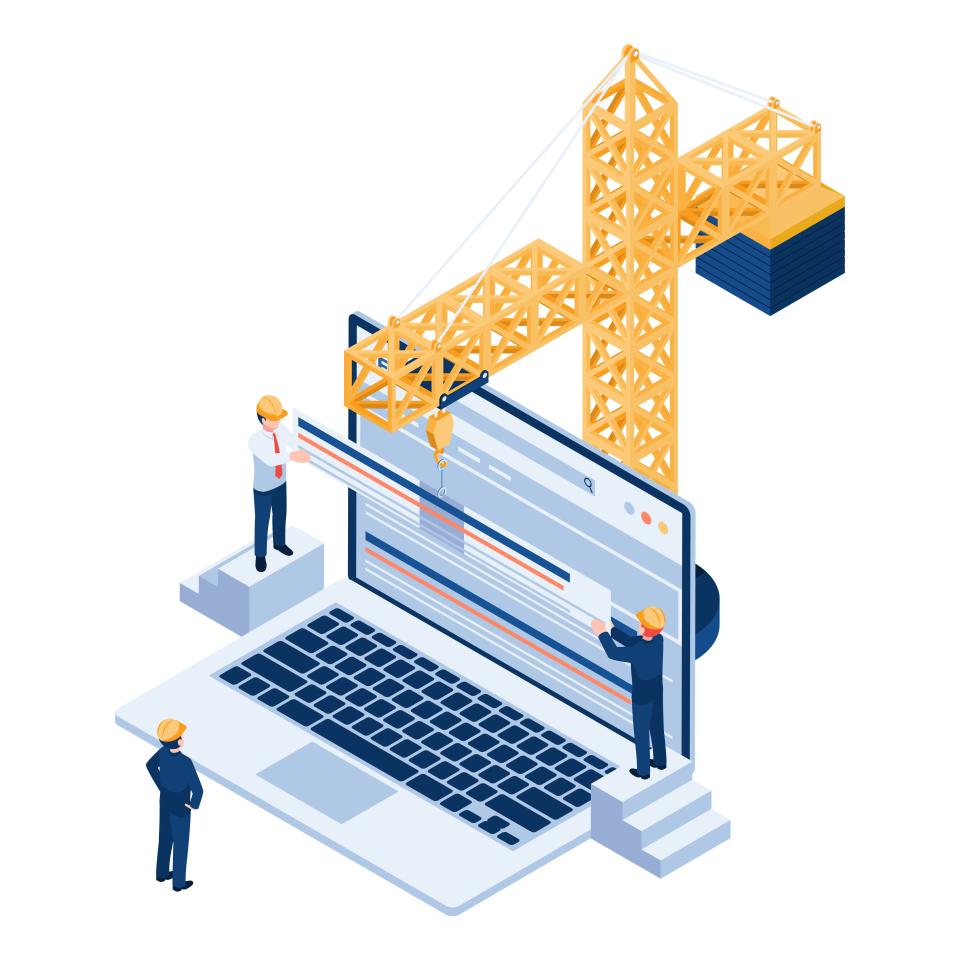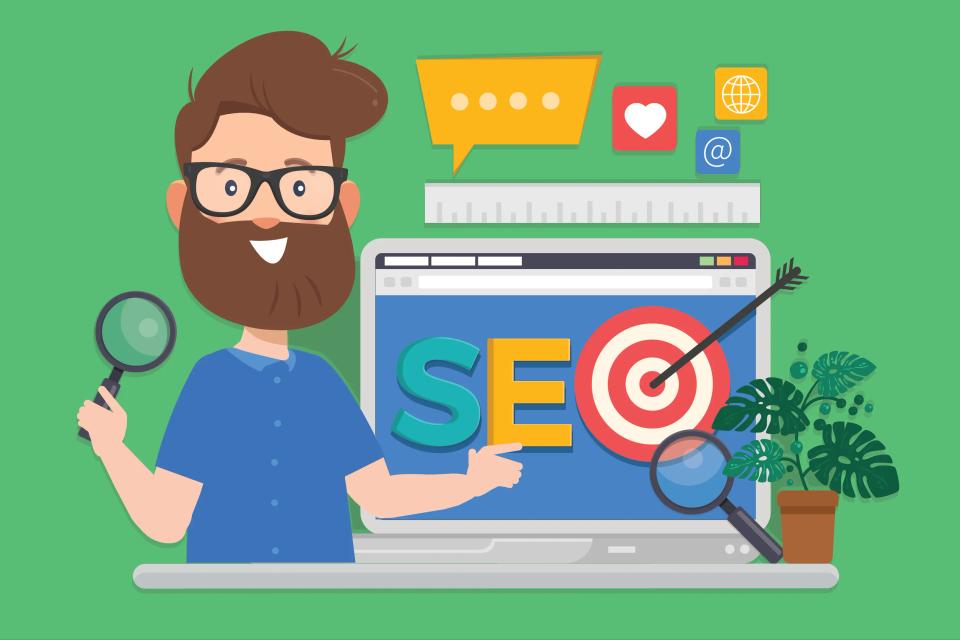Are you tired of shouting into the void? You’ve built a beautiful e-commerce store, curated the perfect products, and invested in traffic. Yet, you watch customers browse, add an item to their cart, and then vanish, leaving you wondering what went wrong.
The truth is, your customers are drowning in a sea of choices, and the generic "Customers Also Bought" carousel isn't a life raft—it's just more noise. This outdated approach fails to connect, fails to understand, and ultimately, fails to convert. It’s a massive missed opportunity to forge a real connection that turns a one-time buyer into a lifelong fan.
But what if you could anticipate their every need? What if your store could transform from a simple catalog into a personal shopping assistant, guiding each visitor to the exact products they desire before they even know they want them? This isn't a far-off fantasy; it's the new reality of e-commerce, powered by predictive analytics and AI. This article will demystify how AI product recommendations in e-commerce work, reveal their staggering business benefits, and give you the strategic roadmap to make it happen.
The Core Technology: What Are Predictive Analytics and AI in E-Commerce?
Let's cut through the jargon. You don't need a degree in data science to understand the raw power at your fingertips. Think of this technology as the key to unlocking your customer's deepest desires.
Predictive Analytics Explained: Using Data to Forecast Customer Behavior
Imagine having a digital crystal ball for your business. Predictive analytics is that crystal ball. It meticulously analyzes historical data—every click, every page view, every past purchase—to forecast what a customer is likely to do next.
It’s the secret weapon that moves you from reacting to customer behavior to proactively shaping it. According to MarketsandMarkets, the global predictive analytics market is projected to grow to $23.9 billion by 2025, a clear signal that businesses are waking up to its power. This isn't just about tracking the past; it's about owning the future of your sales cycle.
The Role of AI and Machine Learning in Recommendation Engines
If predictive analytics is the crystal ball, then Artificial Intelligence (AI) is the wizard interpreting its visions. AI and machine learning are the engines that process mountains of data, identify hidden patterns, and learn continuously. They are the brains behind the operation, making your recommendations smarter with every single customer interaction.
These engines use sophisticated models to deliver hyper-relevant suggestions. A collaborative filtering model works like a trusted friend, suggesting products based on what shoppers with similar tastes have loved. A content-based filtering model acts like a personal stylist, recommending items with attributes similar to those a customer has already shown interest in. The result is a dynamic, intelligent system that makes every visitor feel uniquely understood.
The Business Impact: Why AI-Driven Recommendations are a Game-Changer
Implementing this technology isn't just a flashy upgrade; it's a fundamental shift that impacts your most critical business metrics. It’s about survival, dominance, and building an unshakeable foundation for growth. When you make customers feel seen, they reward you with their loyalty and their dollars.
Skyrocketing Sales: Boosting Conversions and Average Order Value (AOV)
Do you want more sales? It’s a simple question with a powerful answer. AI-driven recommendations are a direct line to increased revenue. By presenting the perfect upsell or a complementary cross-sell at the exact moment of decision, you eliminate friction and make it irresistible for customers to add more to their cart.
This isn't wishful thinking; it's proven. Research from McKinsey shows that personalization can lift revenues by 5-15% and increase marketing spend efficiency by 10-30%. These aren't just numbers; they represent the tangible growth that comes from delivering the right product to the right person at the right time, a core principle of expert conversion optimization techniques for e-commerce websites.
Crafting a Superior Customer Journey with E-commerce Personalization
Your customer's experience on your site determines whether they stay or leave in seconds. A generic, one-size-fits-all storefront creates frustration and sends potential buyers straight to your competitors. True e-commerce personalization transforms your website from a passive catalog into an engaging, interactive experience.
When a customer feels that a store truly "gets" them, they stop shopping and start discovering. This seamless journey reduces bounce rates and creates a "sticky" experience that keeps them coming back for more. A powerful user experience is non-negotiable, and it's the foundation for designing an e-commerce website that converts.
Building Loyalty: Increasing Customer Lifetime Value (LTV)
A single transaction is a victory, but a loyal, repeat customer is an annuity. The battle for market share is won not through one-off sales, but through building lasting relationships. A personalized experience is one of the most powerful tools for fostering that deep brand affinity.
When you consistently deliver value and make a customer's life easier, you earn their trust and their repeat business. This focus on retention is critical, as studies have shown that acquiring a new customer can be five times more expensive than keeping an existing one. By investing in AI-powered personalization, you are investing in the long-term health and security of your business.
Unlocking Smarter Operations: Inventory and Merchandising Insights
The benefits of predictive modeling in retail extend far beyond the customer-facing experience. The data generated by these systems provides a goldmine of insights into your own operations. You can finally see which products are frequently purchased together, revealing powerful bundling opportunities.
This intelligence allows you to make smarter inventory decisions, reducing the risk of overstocking unpopular items and ensuring your bestsellers are always available. It transforms merchandising from a guessing game into a data-driven strategy. By leveraging data analytics to refine conversion optimization, you can streamline your entire operation for maximum efficiency and profit.
A Strategic Roadmap for Implementing Predictive Recommendations
Feeling the urgency? Good. Now, let's turn that energy into action. Here is a clear, step-by-step framework to guide you from where you are now to where you need to be.
Getting Started with Predictive Analytics for Ecommerce Product Recommendations
This journey requires a solid foundation. Rushing the process is a recipe for failure. Follow these steps to ensure your implementation is strategic, seamless, and set up for success from day one.
Step 1: Laying the Foundation with Quality Data
Your AI engine is only as smart as the data you feed it. The principle of "garbage in, garbage out" has never been more true. Before you even think about technology, you must ensure you are collecting clean, integrated data on user behavior, transaction histories, and product metadata. This foundational step is non-negotiable for success.
Step 2: Choosing Your Technology Stack
Once your data is in order, it's time to choose the engine that will power your recommendations. You generally have three paths, each with its own trade-offs in control, cost, and complexity. A comprehensive guide to digital marketing tools and tech can help you evaluate the broader ecosystem.
Option A: Built-in platform features(e.g., Shopify Plus, BigCommerce) offer convenience but may lack advanced customization.Option B: Third-party plugins and apps(e.g., Nosto, Dynamic Yield) provide powerful features and are relatively easy to integrate.Option C: Custom-developed solutionsoffer ultimate control and a unique competitive advantage, but require expert development resources.
Step 3: Integrating Recommendations into Your UI/UX
Where you place your recommendations is just as important as what you recommend. The goal is to be helpful, not intrusive. Strategic placements on product pages, within the shopping cart, and on the homepage can dramatically increase their effectiveness.
The design must feel like a natural and valuable part of the shopping experience. This seamless integration is a hallmark of user-centric web design that boosts e-commerce conversions and is critical for earning customer trust and driving action.
Step 4: A/B Testing and Continuous Optimization
This is not a "set it and forget it" strategy. The market changes, customer preferences evolve, and your recommendation engine must adapt. Continuous optimization is the key to unlocking maximum ROI from your investment.
You must relentlessly test different algorithms, placements, and messaging to discover what resonates most with your audience. Moving beyond basic A/B testing to embrace innovative testing techniques for e-commerce will separate you from the competition and ensure your strategy remains sharp and effective.
The Future is Now: Emerging Trends in AI-Powered Commerce
If you think this is impressive, hold on tight. The pace of innovation is accelerating, and the future of personalized commerce is even more exciting. Staying ahead of these trends will ensure your business isn't just competing—it's leading the pack.
What's Next for AI-Driven Recommendations?
The line between the digital and physical worlds is blurring, creating even more powerful ways to connect with customers. Imagine a shopper uploading a photo of a jacket they saw on the street and your site instantly recommending similar styles—that's the power of Visual Search. Or consider a customer asking their smart speaker to "find a new running shirt," and your store's AI assistant provides a personalized suggestion based on their purchase history—that's Voice Commerce.
The next frontier is Hyper-Contextualization, where recommendations adapt in real-time to a user's location, the time of day, or even the local weather. These emerging capabilities promise a future where commerce is truly predictive, seamless, and deeply integrated into our lives. Keeping an eye on the essential tools and tech for your digital marketing strategy will be crucial for capitalizing on these advancements.
From Insight to Impact: Elevate Your E-Commerce Strategy
We've journeyed from the frustrating reality of generic e-commerce to the thrilling potential of a truly personalized future. Predictive analytics and AI are no longer optional add-ons; they are essential, powerful tools for creating high-converting experiences that build unshakable customer loyalty. This is how you win in the modern marketplace.
Investing in this technology is a direct investment in your customer relationships and the long-term, sustainable growth of your brand. It's the difference between being just another online store and becoming an indispensable part of your customer's life.
Implementing a sophisticated recommendation engine requires more than just a plugin; it requires a holistic strategy that blends data, design, and development. At CaptivateClick, we specialize in building captivating e-commerce websites optimized for conversion.
Ready to transform your product discovery experience? Contact CaptivateClick today for a consultation on how our E-Commerce Web Design and Conversion Optimization services can help you harness the power of AI.













